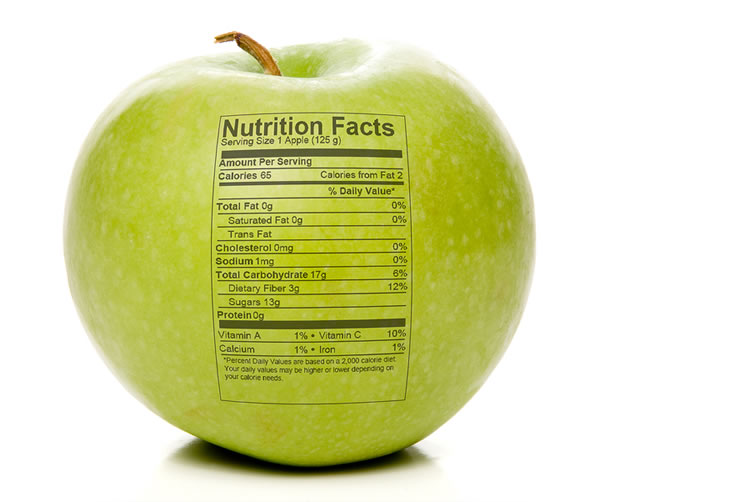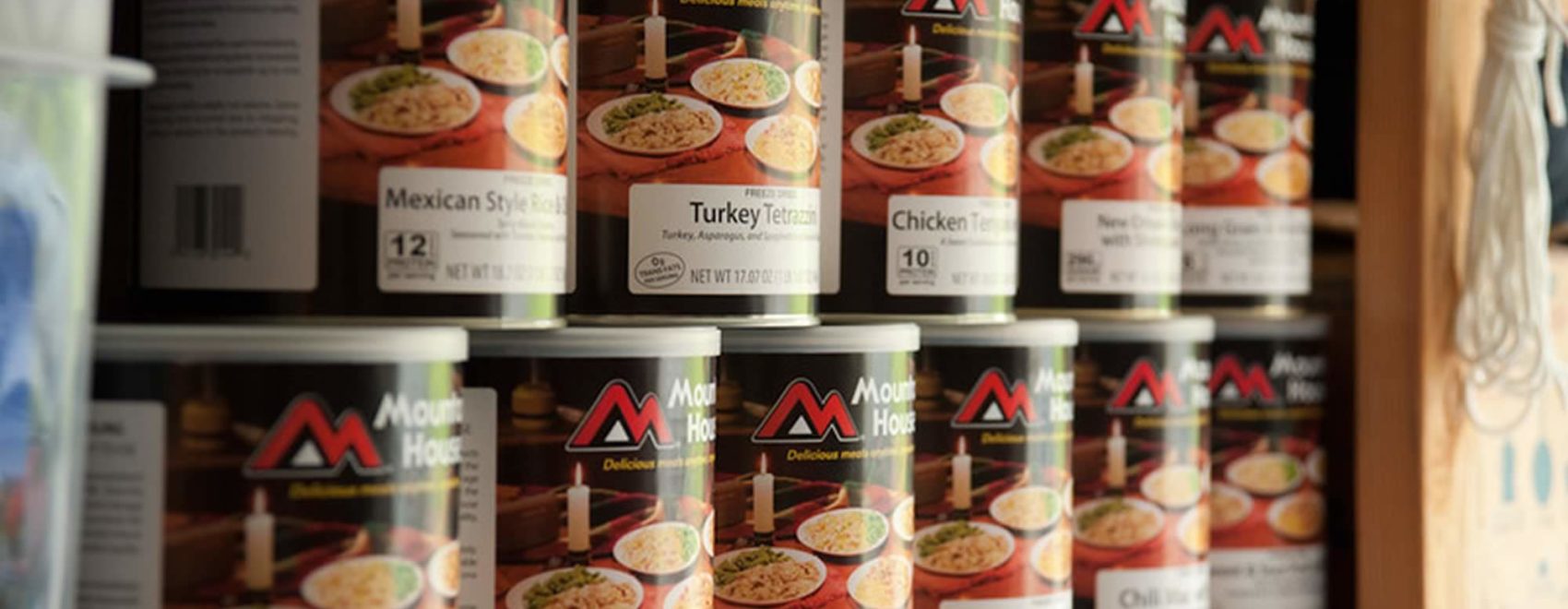Calories vs. Servings
Beware of the companies selling food by the serving

How often do you eat the recommended servings on the food that you prepare right now? If you’re like me, not very often. So, it goes to reason, if you buy your emergency food storage by the serving, should you ever need it, someone is going on a diet, or you are going to burn through your food preps much quicker than you had anticipated.
Think about this; when you buy groceries, do you buy food based on how many servings each product has, or do you buy the amount of food that your family actually eats?
How many calories do you eat each day? The USDA bases all studies and statistics on a 2000 calorie per day diet. And by a vast majority, we all eat around 2000 calories a day.. So why do the Survival Food Storage Producers and our competitors offer their pre-packaged food packages based on an average of 1300 calories a day?
Simple, it makes the food packages seem less expensive and helps them sell more food packages. If they sell 30,000 calorie package as a one month package they can sell their packages for a lower price. (30,000 calories is a two week supply at 2000 calories a day)
When you are choosing an emergency food supplier, it is vital to look at how many calories are in what the supplier calls a serving. One of the big marketing ploys that some Survival Food Storage companies use is to advertise that they have the cheapest prices on a cost-per-serving basis without mentioning what their serving sizes are. When you take a look at their serving sizes, they are not enough to live on.
For example, a company might advertise that it only charges $1.25 per serving, but the serving sizes are only 220 calories. There aren’t too many people who would consider 220 calories a complete serving. Similarly, a food storage company might offer what they label a six-month food supply that supposedly offers three servings a day.
If you look closer, though, these servings are, again, often only 200 calories or so a piece, making that somewhere around 600 calories a day that you are supposed to be able to live on for six months.
This is not even enough caloric intake for a child, so basically you and your family would be starving for six months. This is not how you want to be living in an emergency situation. Check the amount of calories in a serving size and buy according to your caloric needs.
Make sure the calories are good calories.
Once you’ve established that there are enough calories for your family in an emergency food, the next step is to make sure that the calories are good calories and not just fillers.
Some readymade Survival Food Storage packages are advertised as having 400 calories per serving, but then the majority of the calories come from things like drinks and desserts packed with sugar, or filler foods like shortening and butter. Cheap fillers like these will not sustain a person or family in an emergency situation. It’s better to look for calories that are made from real food that is nutritious and calorie-dense all on its own.

Some retailers like to advertise the servings when selling food packages i.e. “3 servings per day” for 30 days.” Sounds like a good deal right? But what if those servings are only one cup, or less? And they most likely are. This means you and your family have to live on three skimpy servings per day. For example: 1 cup of eggs, 1 cup of soup and a half of a cup of any side dish. That’s what three servings a day will get you.
To my point, isn’t the whole point of buying Survival Food Storage to protect yourself and your loved ones? When, and if, you EVER need to use your food storage, having the amount of food that everyone typically eats. or at least a good three meals is much preferred to blowing through a 240 serving bargain-bucket in half the time you had expected.
Why are you looking at food storage and reading my boring article right now? Because it is your job to make sure you adequately protect your family and you are a good provider. Don’t rely on a food company executive to do that for you.
Easy Math …
If Dad eats 2000 calories a day, Mom eats 1800 and little Susie eats 1400, your family has a daily caloric intake of 5200 calories. If you want to protect them for 30 days it’s:
30 x 5200 = 156,000 calories. Just look for Survival Food Storage packages that have at least this many calories.
Be prepared for sticker shock though. Once you begin to look at the actual calorie counts, food storage packages will start to seem more expensive. This is because you are buying the food that you need, as opposed to their extra large box of corn flakes that is only filled half way to the top. A word of warning: if you are looking at food storage packages that do not list the total calorie counts, there is a 95% chance you are being duped.
Let’s review. First, decide how many calories you and your family need per day at the very least to survive. Then do some research and find out how many calories come in a serving or in a package of different brands of emergency food.
Find the best prices you can on a per-calorie basis, rather than a per-serving basis. Last, make sure the calories you are storing come from nutritious, real food rather than filler ingredients that do not provide real sustenance.

